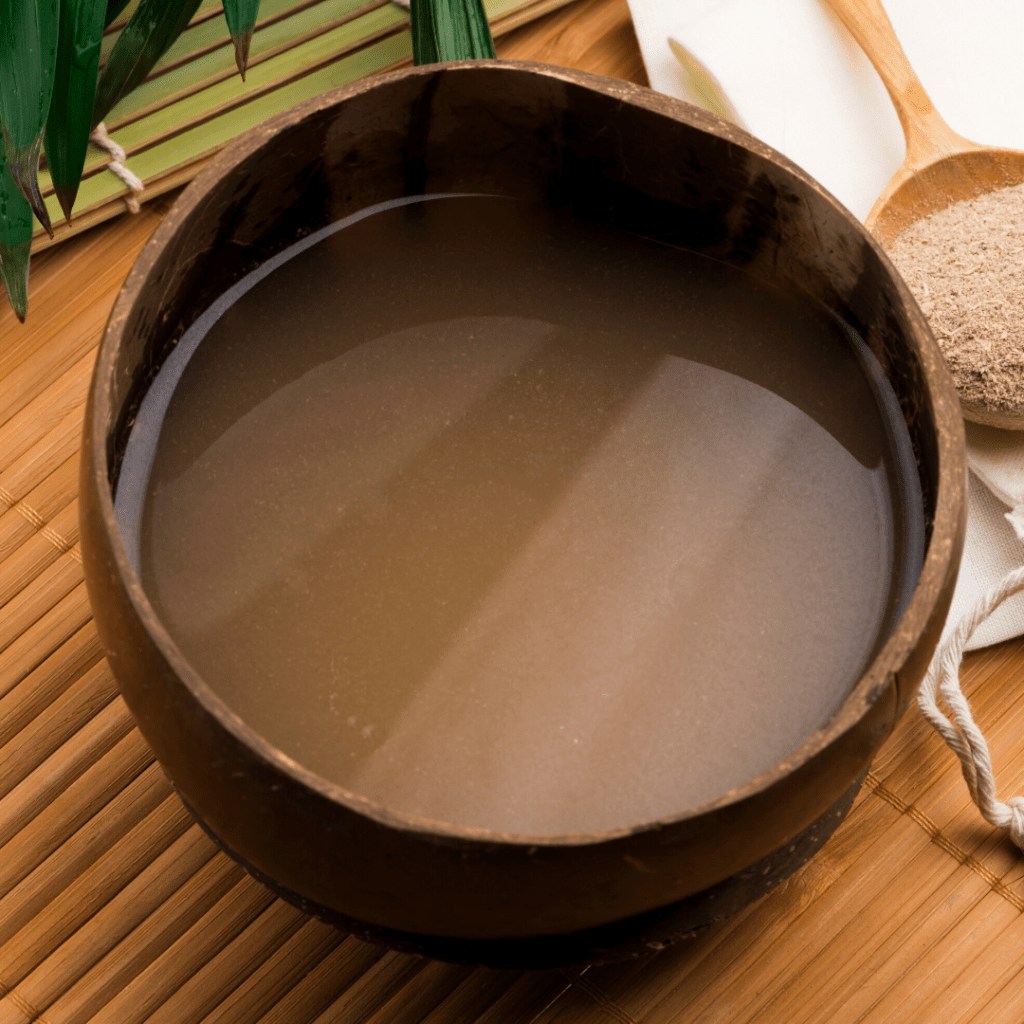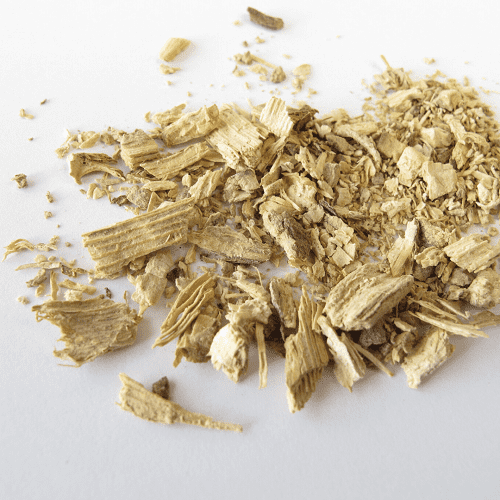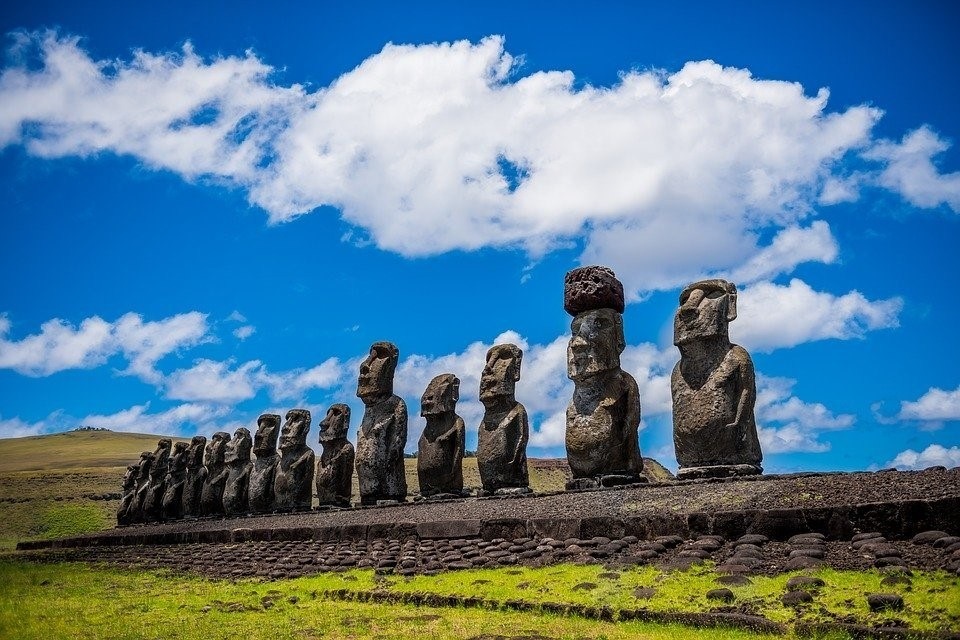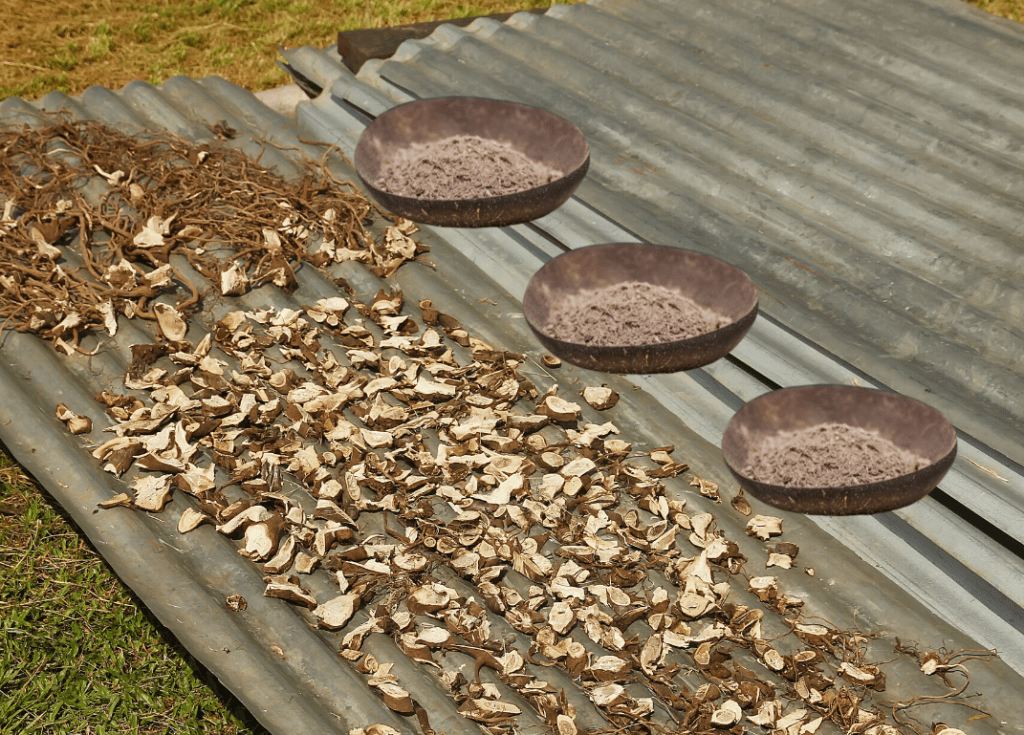Written by: Hannah E. Beltrán
Foreword: This article is intended to give a complete overview of kava’s safety from an objective and nonbiased viewpoint. At Kavakwik, we understand that kava is a fairly new trend and consumable in the US. As a kava vendor, we believe that we owe it to you, our readers and customers, to provide a perspective on all of the data that can help you reach your own conclusions on deciding on if kava is right for you. That said, we guarantee that our product is made with the absolute highest levels of care and expertise, is tested by multiple laboratories to confirm it’s safety profile, and made with only premium noble kava root. In short – we want you to know that we take every possible measure to mitigate and prevent any of the questionable risks associated with kava use. With that said, please read on, enjoy the article, and always feel free to drop us a message for any questions or concerns we can answer.

Liver Toxicity and Other Health Concerns
Kava has traditionally been used by ancient Pacific Islander societies for ceremonial and social gathering purposes, commemorating important events such as births, deaths, marriages, and treaties, as well as everyday drinking after a long work day. There is a decorum associated with kava drinking that is not generally present in the consumption of other drugs, namely alcohol and cannabis. Kava users report a state of bliss and contentment, yet also retain a clear state of mind after consumption.
As with any substance, misuse or excessive consumption poses its harms. Kava appears to be most harmful when taken away from its traditional context – most likely due to the difference in the manufacturing processes for kava outside of its homeland in the Pacific Islands. The substance was banned in the early 2000s by the German and Swiss regulatory bodies for pharmaceutical drugs due to reports of hepatotoxicity concerns, and the US Food and Drug Administration soon followed suit with an advisory about kava use (Baker, 2011). However, the ban was lifted only a few years later after it was deemed inconclusive that kava was solely responsible for the liver damage seen in the patients identified (Sarris, Laporte, & Schweitzer, 2011). Reports found that some of these cases may have experienced liver damage due to patients’ consumption of kava with prescription medications and alcohol (Sarris, Laporte, & Schweitzer, 2011). Other cases suggested that some patients may lack the enzyme necessary to properly metabolize kava (Sarris, Laporte, & Schweitzer, 2011).
The kavalactones found in kava are responsible for its different pharmacological effects (Sarris, Laporte, & Schweitzer, 2011). These compounds are made to dissolve in fat and metabolize in the liver when kava is consumed (Sarris, Laporte, & Schweitzer, 2011). Six primary kavalactones are responsible for the psychotropic and pharmacological properties of kava, and they are present in different proportions across the varieties of kava (Baker, 2011). Modern iterations of kava, such as Western-made extracts, pills, are known to leverage the knowledge of these kavalactones and their associated properties in designing their products (Baker, 2011).

How to Use Kava Safely
The first step in the safe and responsible consumption of kava is to ensure it comes from a reputable source that is well-versed in how to properly cultivate and extract the plant. It is recommended that kava used for consumption is of the Noble variety since, compared to the Tudei variety, it has been studied more extensively and has been confirmed to carry a negligable burden of risks and side effects by comparison (Sarris, Laporte, & Schweitzer, 2011). It is also suggested that kava is extracted using water soluble methods as opposed to acetone or ethanol-based methods in order to avoid adverse interactions and hepatotoxicity risk (Sarris, Laporte, & Schweitzer, 2011). Companies that are properly certified by their local regulatory bodies and use pharmaceutical-grade practices should be consulted when available; fortunately for the consumer, such companies are popping up on a steady basis to meet the growing demand for kava. Note: Kavakwik certifies use of USP practices and product manufacturing from all of our suppliers. Additionally – we contract with multiple labs to reverify every batch of product to ensure the premium standard of product and more importantly, the safety of our customers.
Kava should never be used in conjunction with alcohol or prescription medicines due to potentially adverse or unknown interactions. Benzodiazepines such as Xanax and Valium are of particular concern due to the similar clinical profile and quasi-simialar mechanisms of action they share with kava, as well as the burden of risk for misuse or addiction associated with the benzodiazepine class of medications. (Sarris, Laporte, & Schweitzer, 2011).
KavaKwik is a St. Petersburg, FL-based retailer on a mission to bring the Pacific Island tradition of kava to the modern, global space. Made with premium-grade Vanuatuan Noble Kava, the instant mixes are easy-to-use and come in palate-friendly flavors. This is your invitation to channel the tranquility of the Islands and this much-loved tradition today.
References
Baker, J. D. (2011). Tradition and toxicity: Evidential cultures in the kava safety debate. Social Studies
of Science, 41(3), 361-384. doi: 10.1177/0306312710395341
Sarris, J., Laporte, E., & Schweitzer, I. (2011). Kava: A Comprehensive Review of Efficacy, Safety,
and Psychopharmacology. Australian & New Zealand Journal of Psychiatry, 45(1), 27–35. doi: 10.3109/00048674.2010.52255




